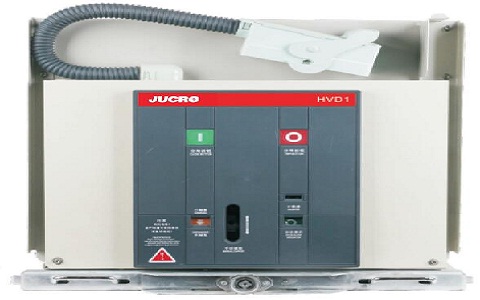Minimum oil circuit breaker principle construction working advantages disadvantages and applications what is vacuum diagram electricalworkbook vcb electrical engineering info animation instrumentation tools pmg its applicatons paathshala bulk electrical4u a of application an equipment that breaks either manually or automatically under all conditions ppt ring main units rmus comparison with switch gears turbofuture uses codrey electronics electricalguide360 sulphur hexafluoride types iceeet miniature overview sciencedirect topics breakers definition faqs the knowledge liyond safety device air acb operating maintenance globe your guide mechanism electronicsinfos hvdc diadvantages pdf in substation protection sf6 bornika blast it detail discussion on diffe type online automation plc programming scada pid control system
Minimum Oil Circuit Breaker Principle Construction Working Advantages Disadvantages And Applications

What Is Vacuum Circuit Breaker Working Principle Construction Diagram Advantages Applications Electricalworkbook

Vacuum Circuit Breaker Vcb Principle Construction And Working

Vacuum Circuit Breaker Construction And Working Principle Electrical Engineering Info

Circuit Breaker Working Principle Animation Instrumentation Tools

Vacuum Circuit Breaker Pmg Engineering

Vacuum Circuit Breaker Construction Working Its Applicatons

Vacuum Circuit Breaker Vcb Principle Construction And Working

Vacuum Circuit Breaker Construction Applications

Vacuum Circuit Breaker And Its Working Electrical Paathshala

Oil Circuit Breaker Bulk And Minimum Electrical4u

What Is A Vacuum Circuit Breaker Working Principle Of Construction Application

Vacuum Circuit Breaker What Is A An Equipment That Breaks Either Manually Or Automatically Under All Conditions Ppt

Ring Main Units Rmus Construction Working And Comparison With Switch Gears Turbofuture

Vacuum Circuit Breaker Construction Applications

Principle Of Vacuum Circuit Breaker Construction Working Uses

What Is A Vacuum Circuit Breaker Working Principle Of Construction Application

Vacuum Circuit Breaker Construction Working And Applications Codrey Electronics
Minimum oil circuit breaker principle construction working advantages disadvantages and applications what is vacuum diagram electricalworkbook vcb electrical engineering info animation instrumentation tools pmg its applicatons paathshala bulk electrical4u a of application an equipment that breaks either manually or automatically under all conditions ppt ring main units rmus comparison with switch gears turbofuture uses codrey electronics electricalguide360 sulphur hexafluoride types iceeet miniature overview sciencedirect topics breakers definition faqs the knowledge liyond safety device air acb operating maintenance globe your guide mechanism electronicsinfos hvdc diadvantages pdf in substation protection sf6 bornika blast it detail discussion on diffe type online automation plc programming scada pid control system
